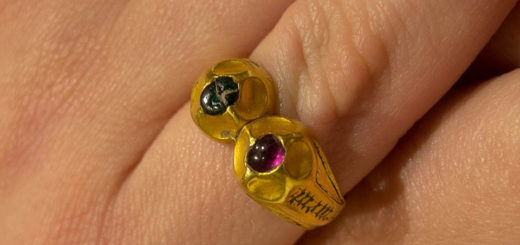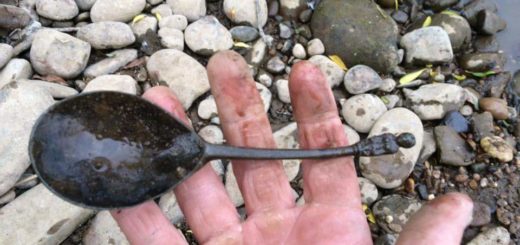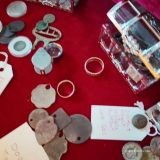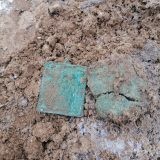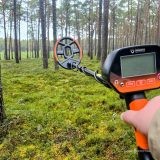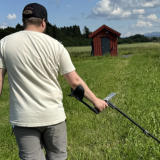Finding Traces From the Invasion of Norway of 1718 (Finds, Photos +)
My recent metal-detecting trip to an area rich in historical significance was quite interesting, as we stumbled upon artifacts from the 1700s and the 1800s, and even some items that might shed light on the Swedish invasion of Norway in 1718.
Before setting out on this journey, we conducted research to identify potential hotspots for relics. Historical records indicated that the area had seen significant activity over the centuries. Old aerial photographs provided further insights into the landscape and possible locations where artifacts might be found.
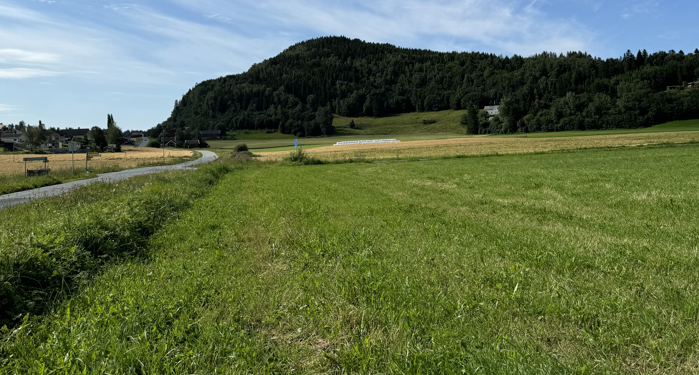
Our first target was a field that seemed promising and was close to the farm. However, after a few hours of searching, our finds bag was filled with only modern junk and some iron scrap from farming equipment. A bit disappointed, we moved to a second field further down closer to the sea, where an old road was believed to have run nearby. This decision proved to be a good decision.
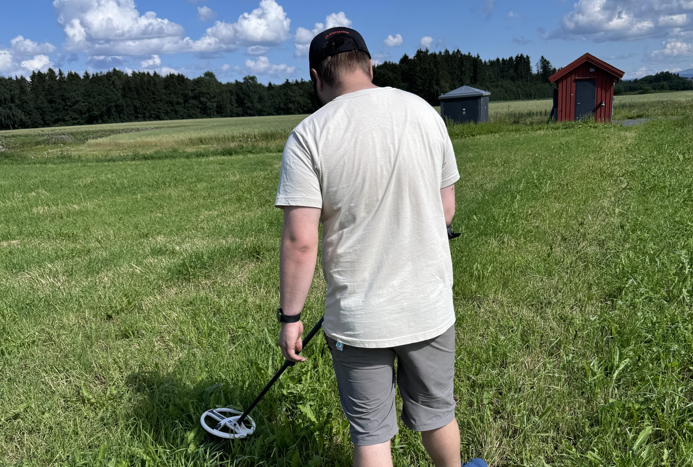
As soon as we began detecting in the second field, we started finding traces of old human activity, including several buttons. Some buttons were silver-coated and some had beautiful patterns.
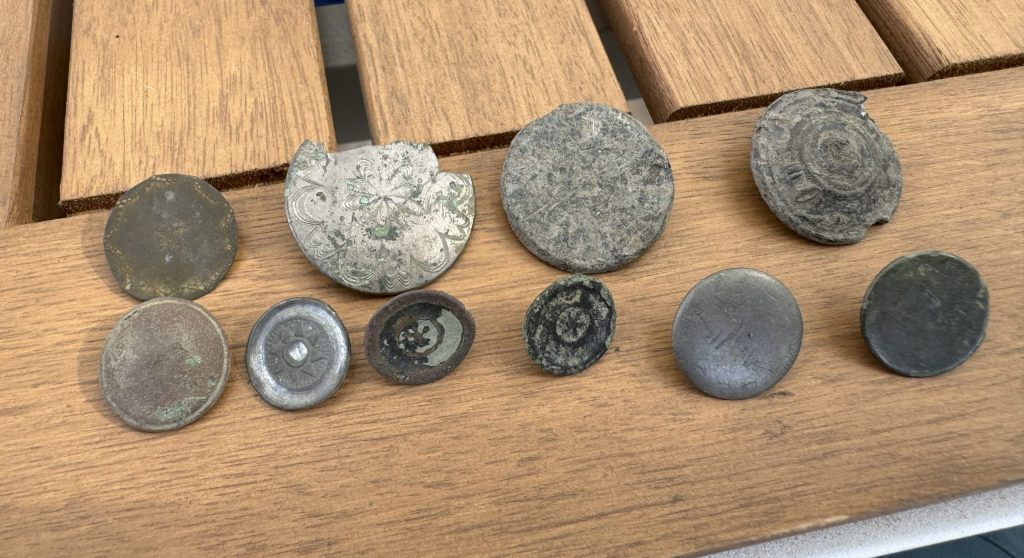
Most of the buttons date back to the 1700s and 1800s For metal detectorists, buttons are often a good indicator that there has been activity in the area.
As sometimes happened, we even found one of the buttons lying on the surface of the field, ready to be picked up without any digging.
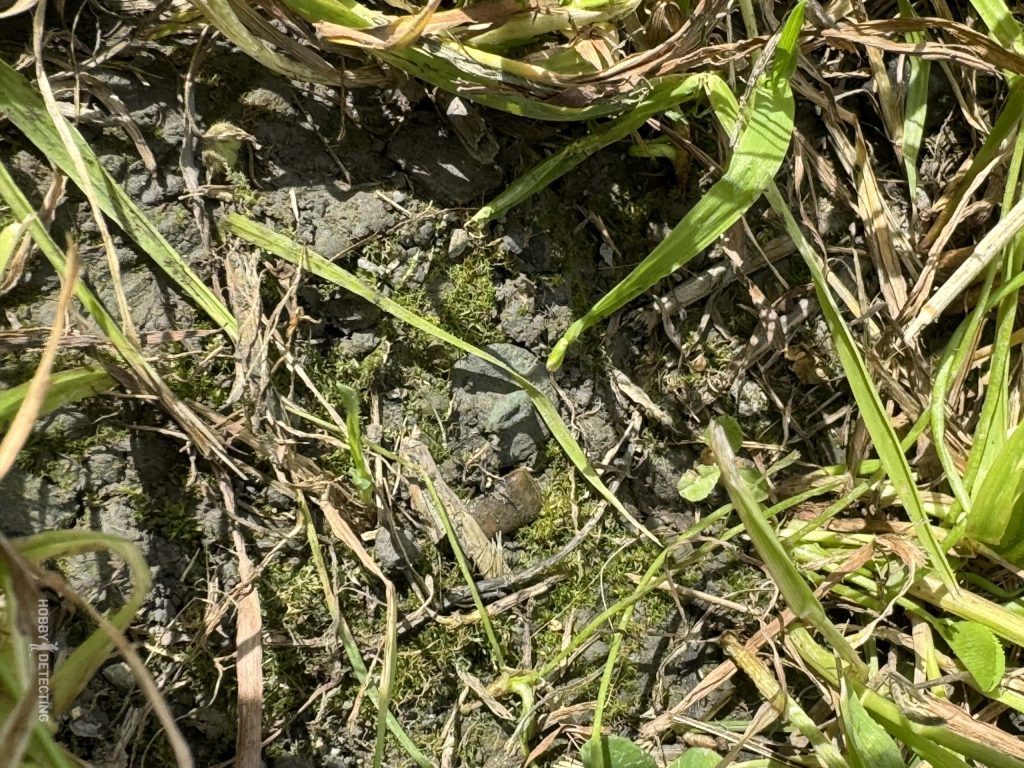
One interesting discovery then followed. My friend found what looks to be quite an old coin.
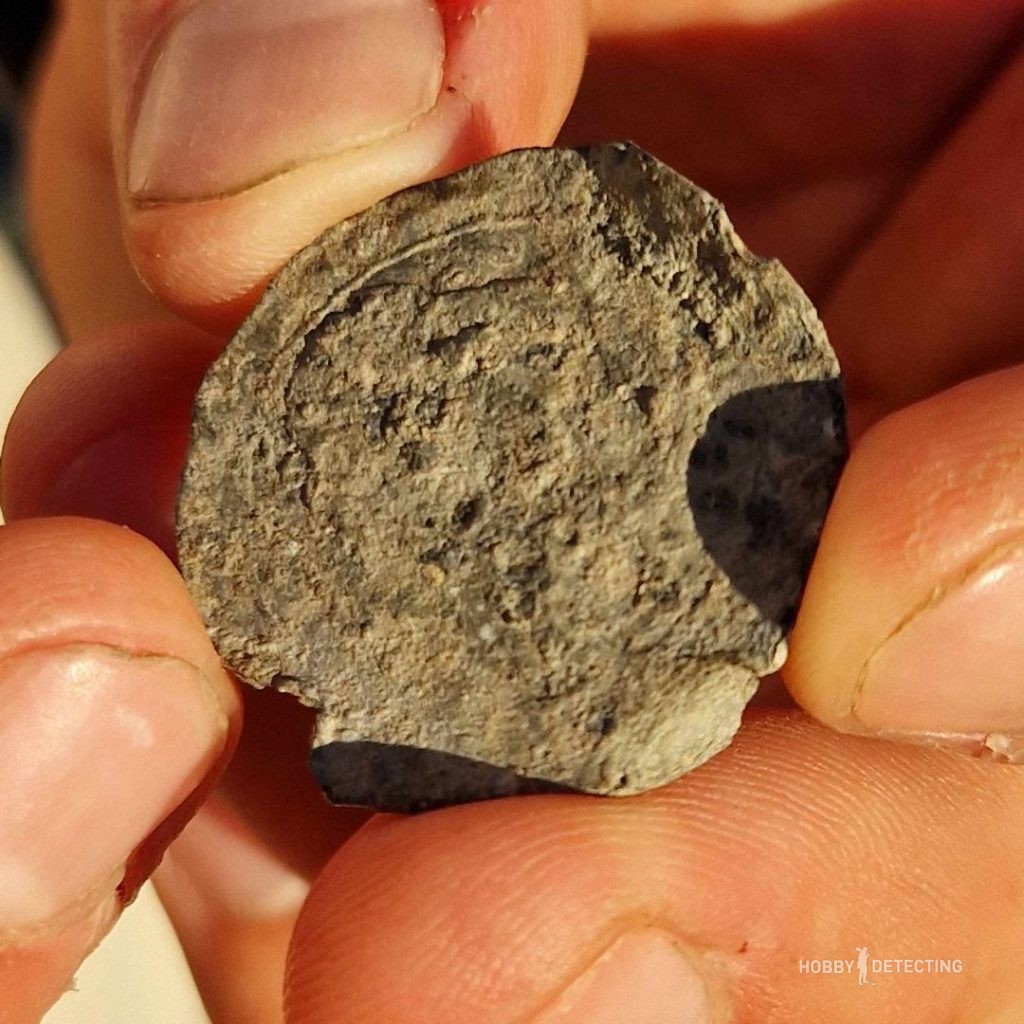

This coin was so weathered that we haven’t yet been able to date or identify it. Maybe after some careful cleaning we can see what coin this is.
Then came the discovery of coins from the 1870s, including a brass 1 øre coin from 1876.

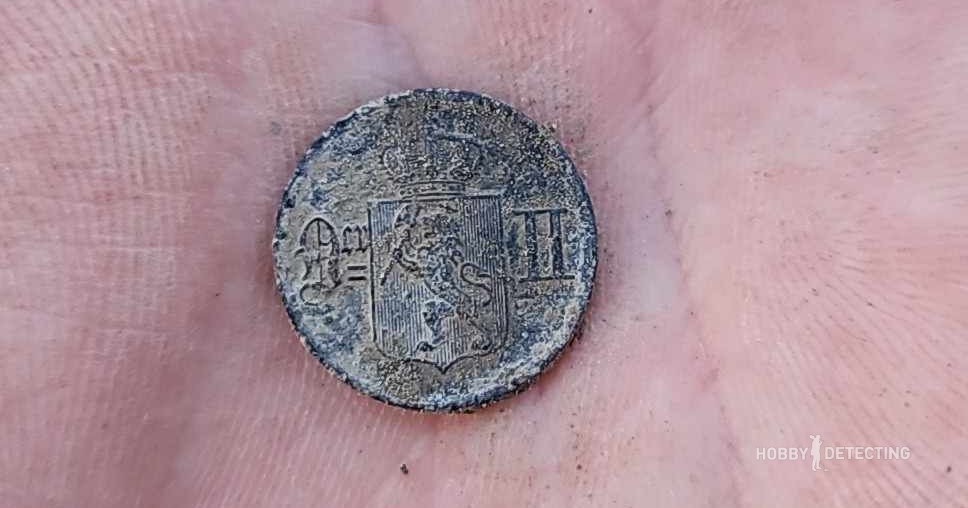
This particular coin was made in the first year the valuta øre was used in Norway, and it marked the transition from the skilling to the øre in Norway—a cool find that added to the day’s excitement.
However, another intriguing find followed. It was an old musket ball. This led us to speculate that it could be linked to the Swedish invasion of Norway in 1718.
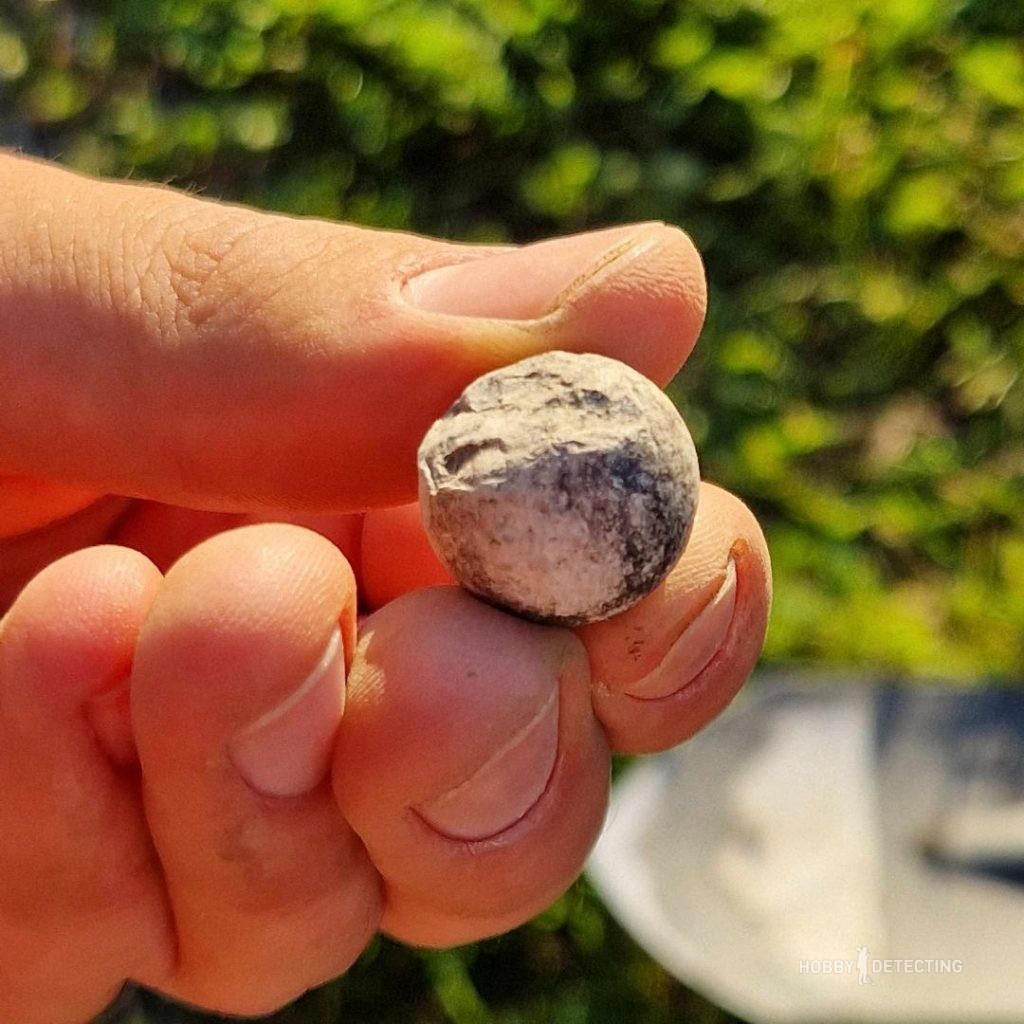
The Swedish invasion of Norway in 1718 was part of the Great Northern War, where Sweden wanted to dominate Northern Europe. Led by King Charles XII, the campaign aimed to capture Norway and force Denmark-Norway out of the anti-Swedish coalition. The invasion involved two main offensives: one in the south towards Fredriksten Fortress and another towards Trondheim in the north. Despite initial advances, the campaign ended with the death of Charles XII during the siege of Fredriksten on November 30, 1718. His death led to the retreat of Swedish forces and marked the failure of the invasion, significantly altering the balance of power in the region. Documented records suggested that Swedish soldiers had passed through the area close to where we were detecting, and this musket ball might be evidence of their presence.
The discovery of a second musket ball reinforced this theory.
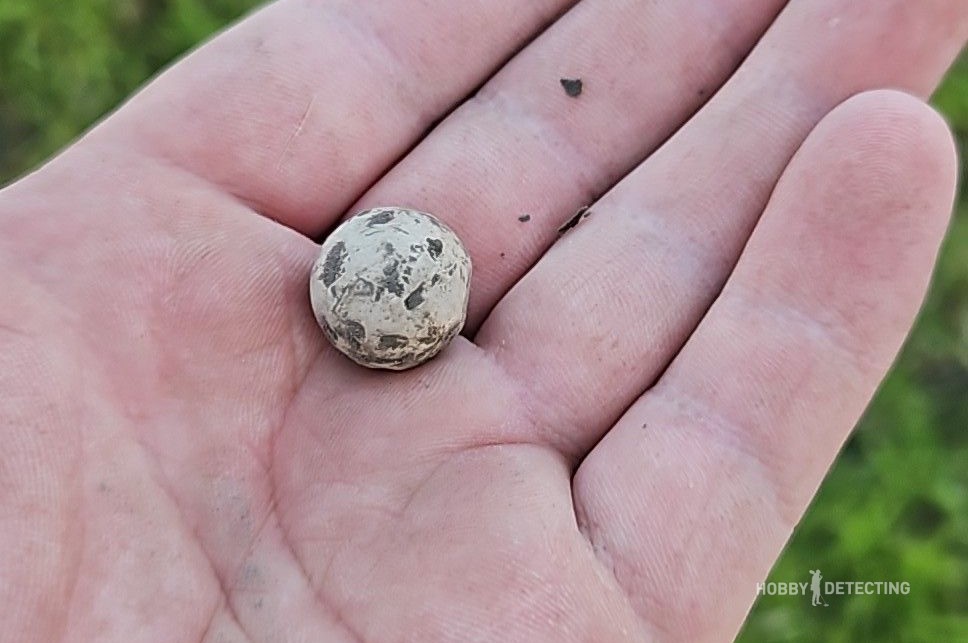
Alongside these, we found various personal items, such as a hairbrush, a thimble, and more buttons. While dating these items precisely was challenging, they likely originated from the 1700s and 1800s.
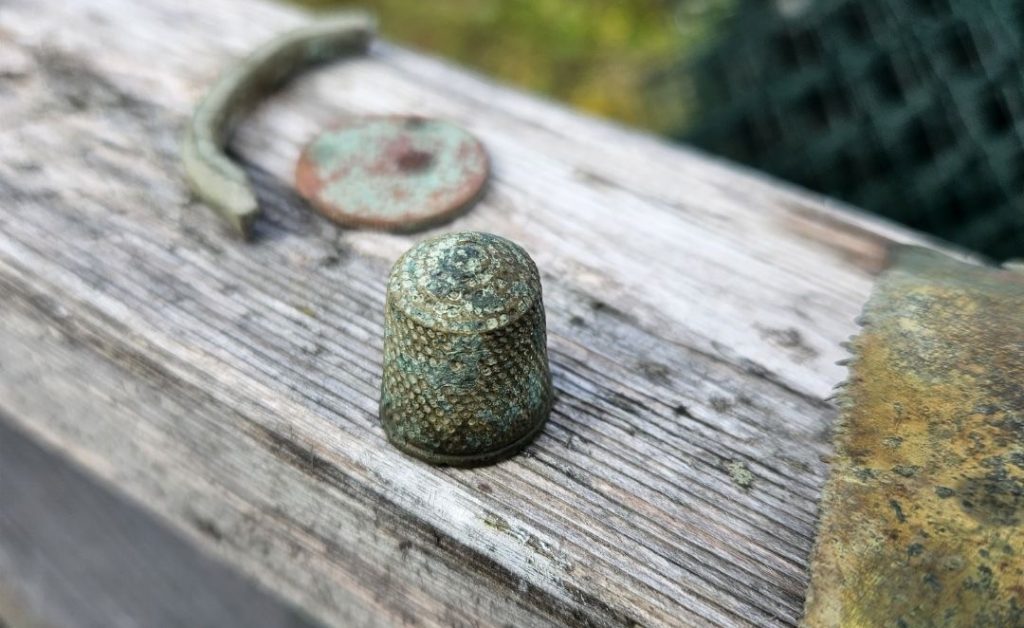
Another quite significant find was an old green brass buckle, remarkably similar to those used by Swedish soldiers in 1718.
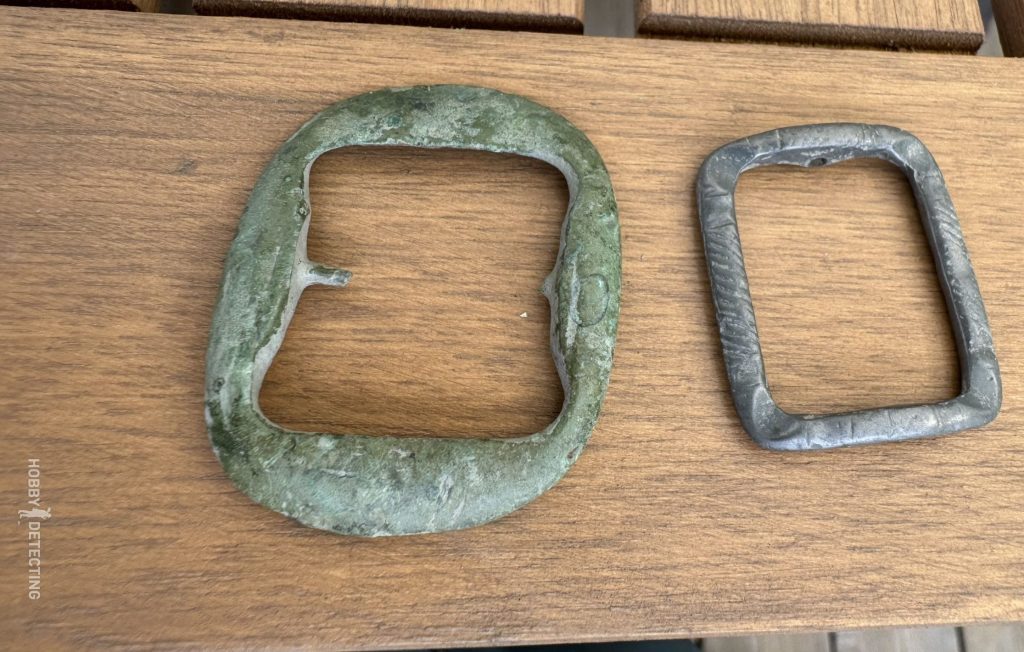
This discovery held the potential to provide evidence of the invasion. We photographed these items and sent them to a historian specializing in the 1718 invasion. He confirmed that they could indeed be from the area and invited us to bring them in for further identification. It will be interesting to see if the size of the musket balls and the design of the buckle match those carried by the Swedish soldiers in 1718, and maybe new lines can be drawn in history.
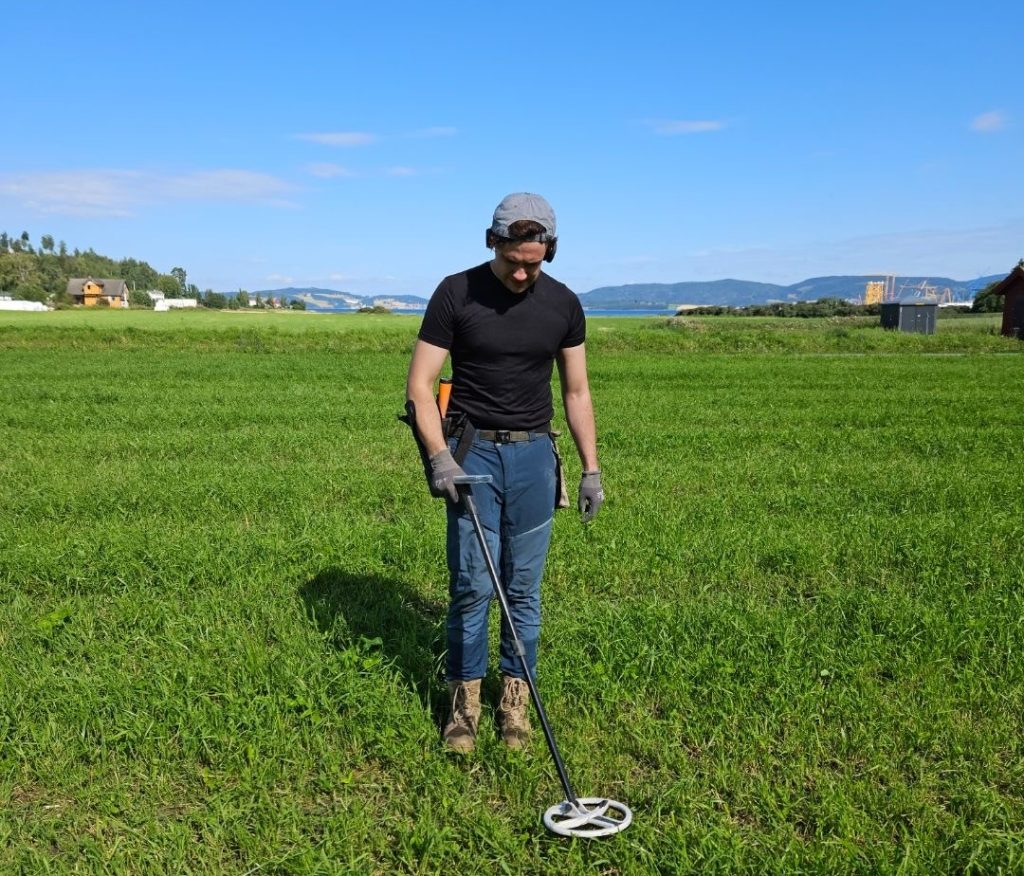
This experience underscored the importance of documenting and reporting metal detecting finds to contribute to our understanding of history. By sharing our discoveries, we can help update historical records and provide a more accurate picture of past events.
As the day drew to a close, we made one final, thrilling discovery—a beautiful 1 skilling danske from 1771.
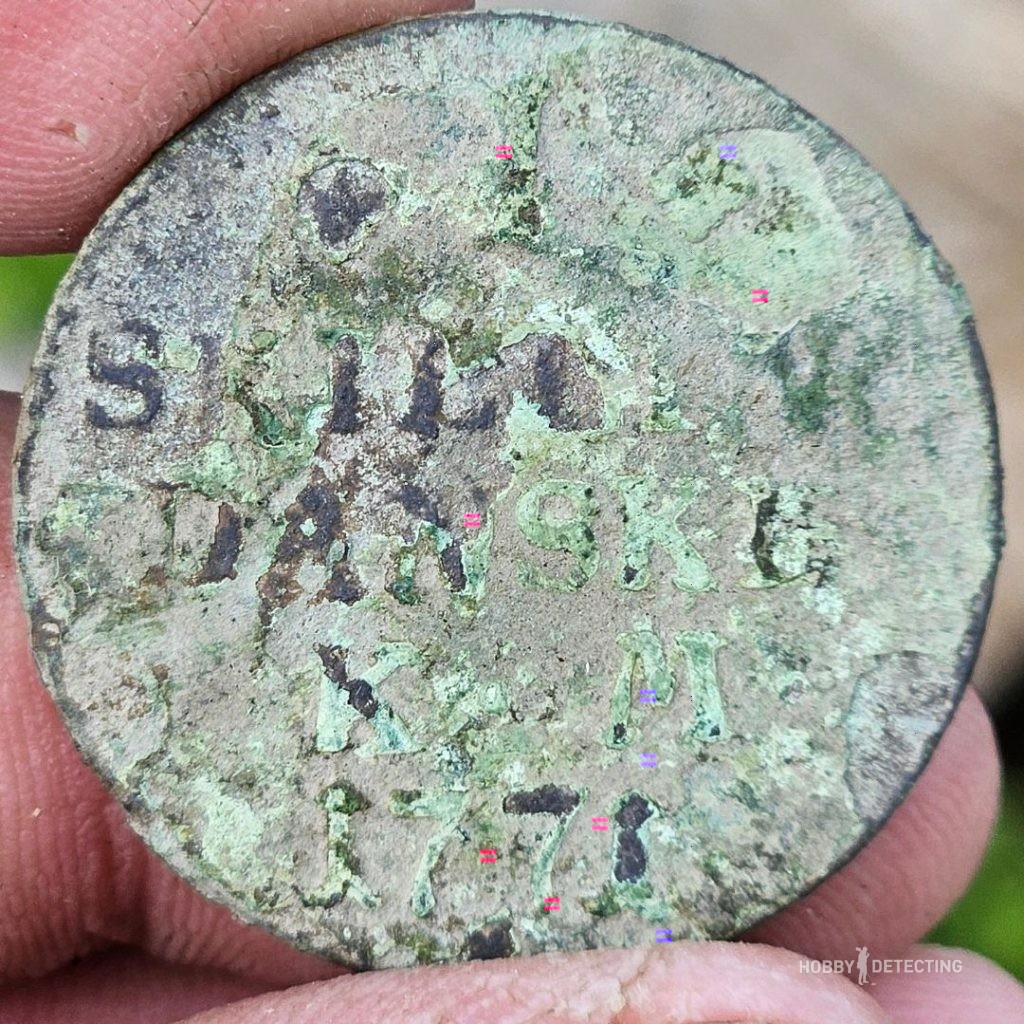
This coin, often referred to as a “brennevinskilling,” has an interesting history. It was nicknamed so due to its association with the production of liqueurs, or “brennevin,” in Norway. Around this time the government introduced a law restricting the production of liqueurs, and liqueur-producing equipment was probably therefore confiscated and then melted and used to make these coins. Interestingly, the 1 Skilling Danske coin from 1771 was produced over several years with the same 1771 inscription.
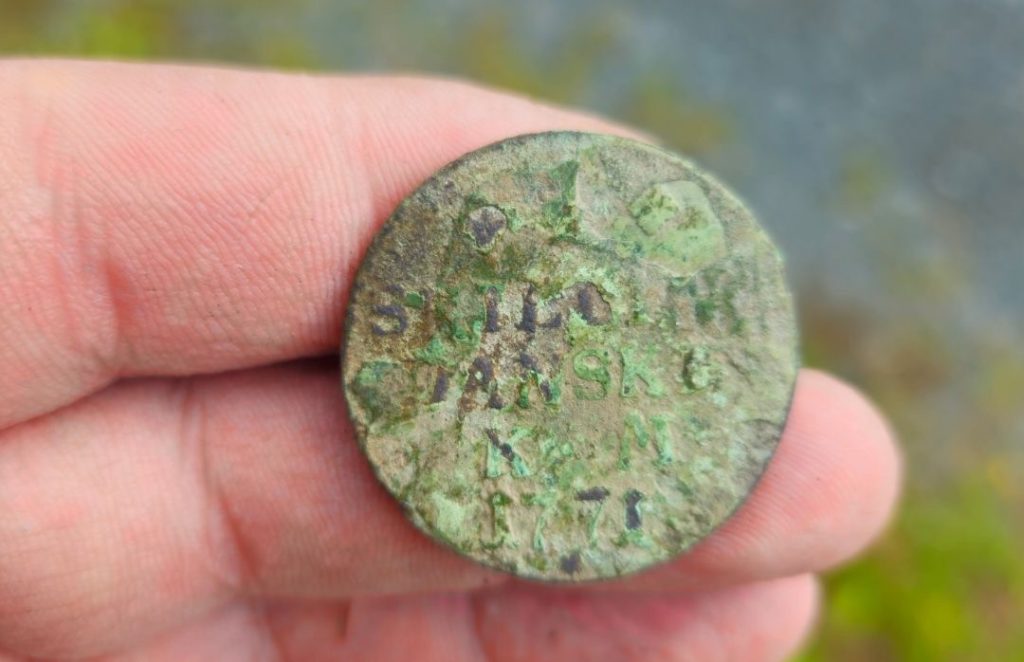
This was likely done by the Danish king at that time to hide the exact amount of such coins produced. Finding such a coin was a good end to an already good day of metal detecting.
In conclusion, this metal-detecting trip gave us fascinating artifacts and potentially contributed to our understanding of the Swedish invasion of Norway in 1718.
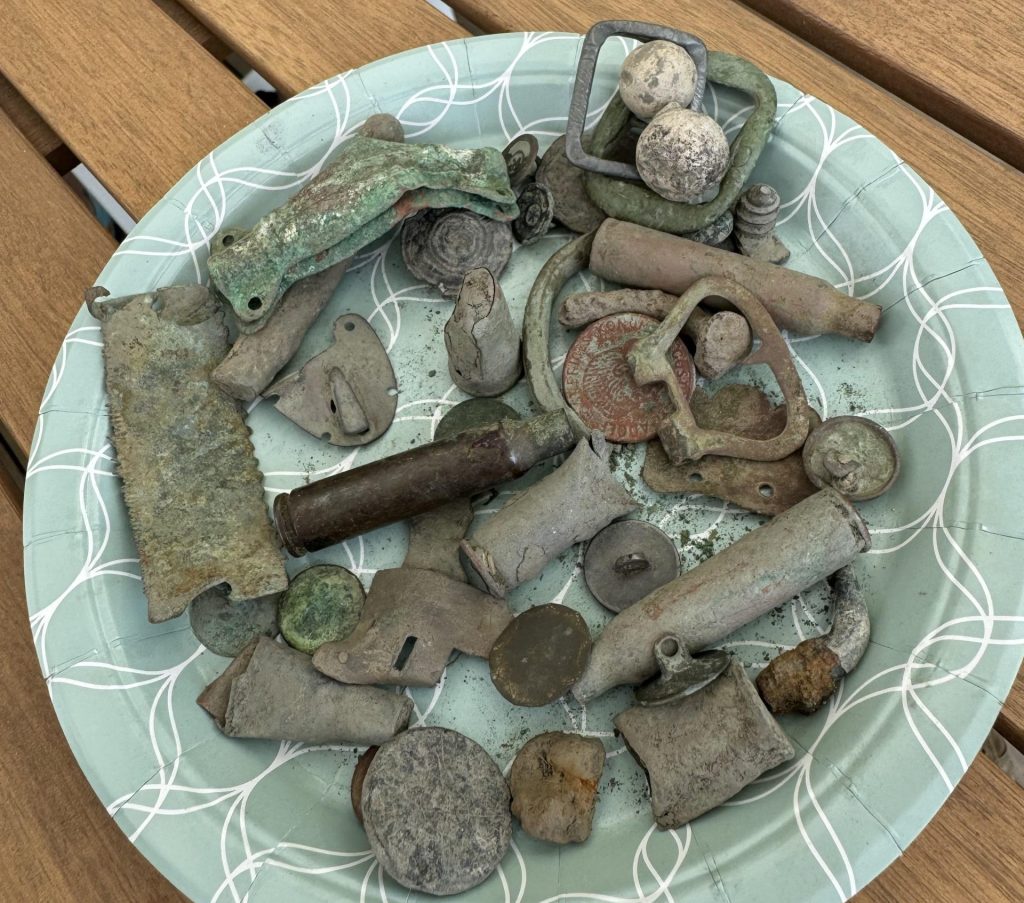
Remember, every discovery, no matter how small, can play a crucial role in piecing together the puzzle of history. So, keep searching, documenting, and sharing your finds—you never know what stories you might uncover.
As usual, I’ll be happy if you leave a comment below with your thoughts or wishes for future reviews, and if there are any questions do not hesitate to fire away in the comment section! Maybe you want to read more about other finds?


